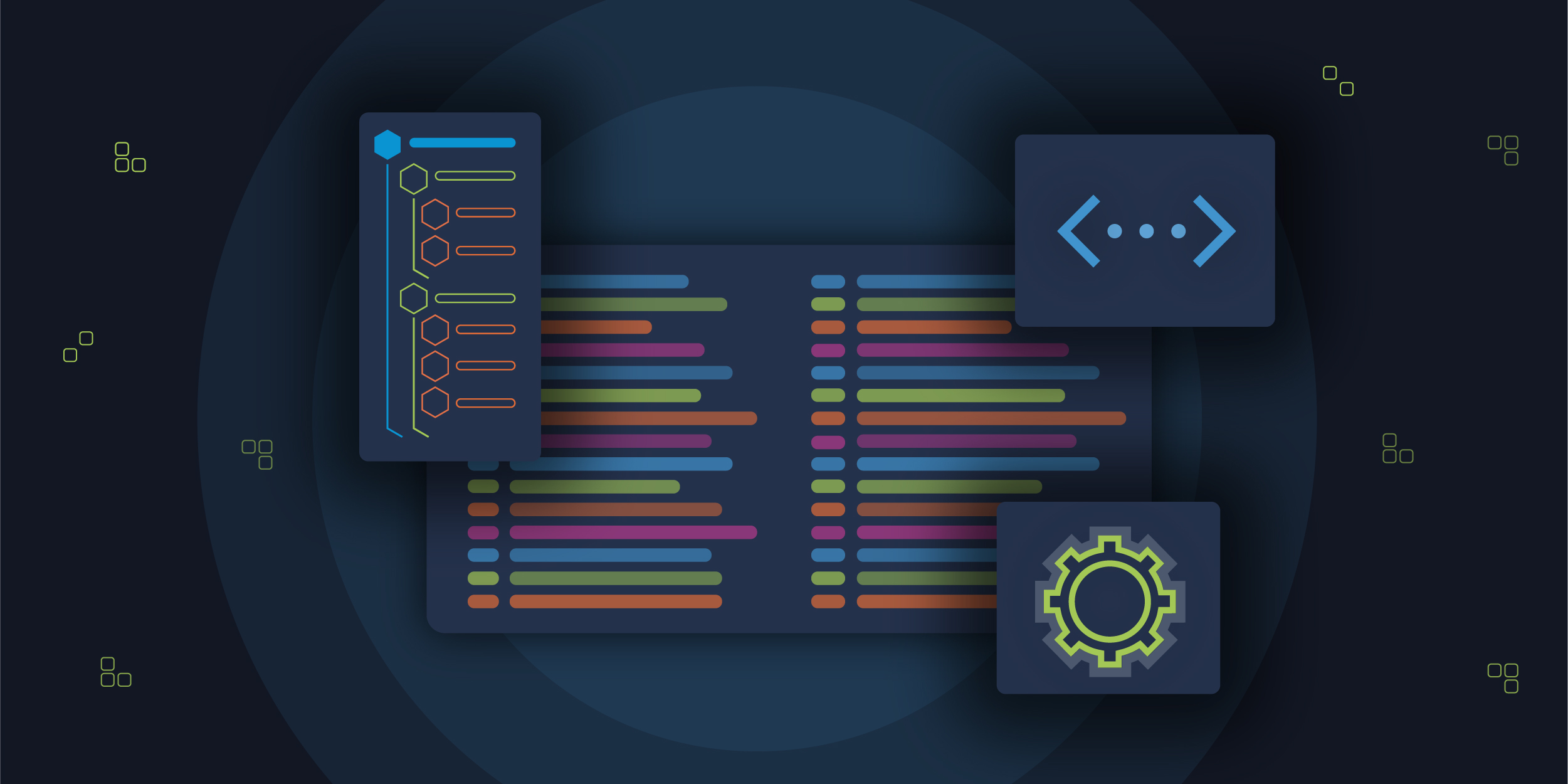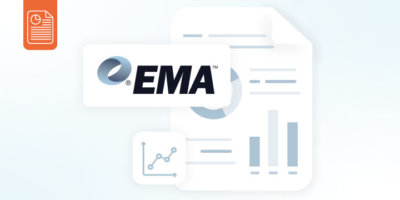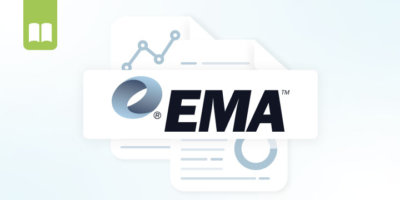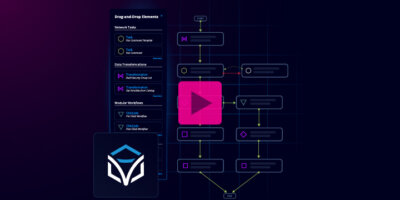Managing network configuration and network change deployments has historically been wrought with time consuming and error-prone activities. As networks become more complex and span multiple domains (NFV, Cloud, SD-WAN, 5G, and more), NetOps teams are progressively finding that executing these changes via CLI or scripting and constantly swivel chairing between systems is simply unable to keep pace with business demands. That’s why the ability to centrally define and manage configurations and policies without requiring manual configuration at each device is an aspiration many organizations are striving to achieve.
Real World Challenges to Configuration Management
I hear time and time again from prospects and customers about the challenges impeding network agility as NetOps teams are reluctant to execute network configuration changes due to the complexity involved in deploying modern networks. Here are some common challenges we see and in particular, a major airline who was unable to keep up with the amount of changes needed just to maintain their current network. Let’s dive into these challenges and how they were able to overcome them with automation.
Deploying Greenfield Data Centers
Building new greenfield data centers is no small feat. There is a myriad of devices (firewalls, load balancers, switches, etc.) that need to be migrated and configured across distributed regions. It is critical to have the right configuration applied to the right device the first time, otherwise the time and effort spent planning, setting up, and configuring the data center is extended into manually troubleshooting and remediating where the configuration went wrong in the first place. For this customer, the idea of having to manually find and remediate issues across a new data center, with limited personnel and with no standardized configuration was incredibly daunting. They knew it wasn’t a sustainable and scalable approach.
Managing Old and New Configurations
Overtime, configurations rapidly become stale and old as NetOps teams often find their distributed devices in a complete state of disarray. For this customer, many configurations were being done manually in a reactive rogue manner or were being ignored completely. Without a consensus of a baseline configuration currently in use, how and where do teams start to define new configurations? This customer needed to move away from these multiple variants to standardize configurations across their entire network infrastructure in order to drive consistency for user interactions. Otherwise they’d be doomed to repeat failed configuration updates, difficult rollbacks, and wasted time rescheduling maintenance activities.
Improving Compliance and Remediation
This customer also needed to improve their security posture through audit compliance and remediation. Mismatched configurations are a large risk and cause of network outages. Having the ability to review errors, simplify the remediation of issues, and ultimately have complete control over network devices bolsters the entire compliance audit process. It is obvious that security standardization would ensure management at scale across growing portions of their network.
Integrating Systems
Device configuration changes are not conducted in a vacuum and involve active participation across departments, lending itself to distributed and unnormalized sources of data. These fragmented systems such as ServiceNow for change management controls, Ansible scripts for executing configuration updates, Bitbucket for storing and control over configurations & scripts, and email notifications hindered their desired agility. For this customer, the swivel-chair required increased the complexity of being able to achieve a uniform approach to automating their network configuration changes at scale.
Itential Simplifies the Complexity of Configuration Management
Like many organizations, this customer needed to address their challenges in a self-service manner if they were going to be able to achieve the desired business outcomes to scale and increase velocity. The only way to achieve this future state was through a network automation strategy. This is why they ultimately decided to leverage Itential for our multi-domain approach to network automation. Itential’s purpose-built application, Configuration Manager, allowed them to easily standardize configurations across their entire network infrastructure. By successfully implementing Golden Configuration with the ability to run compliance and remediation across over 5,000 devices, they were able to overcome all of these challenges and reach their desired business outcomes.
Itential simplifies the complexity of network configuration and compliance by:
- Easily managing devices and their configurations, defining golden configurations, and scheduling compliance reports for informed remediation decisions.
- Providing out of the box Pre-Built Automations for use cases such as Configuration & Compliance Remediation. This allows teams get started quickly with use case best practices instead of having to start from scratch.
- Expanding automation resource capabilities to bridge the skills gap (configuration v. coding).
- Offering an API-first approach that allows for easy integration into any system through our rich library of adapters and Adapter Builder.
- A programmatic & standardized approach for multi-domain, multi-vendor, and multi-cloud network automation across their enterprise.
Want to learn more about how to simplify the complexity of network configuration? Download our whitepaper to take a deep dive into the challenges with traditional approaches and how Itential powers end-to-end automation of your modern multi-cloud and multi-domain network.





